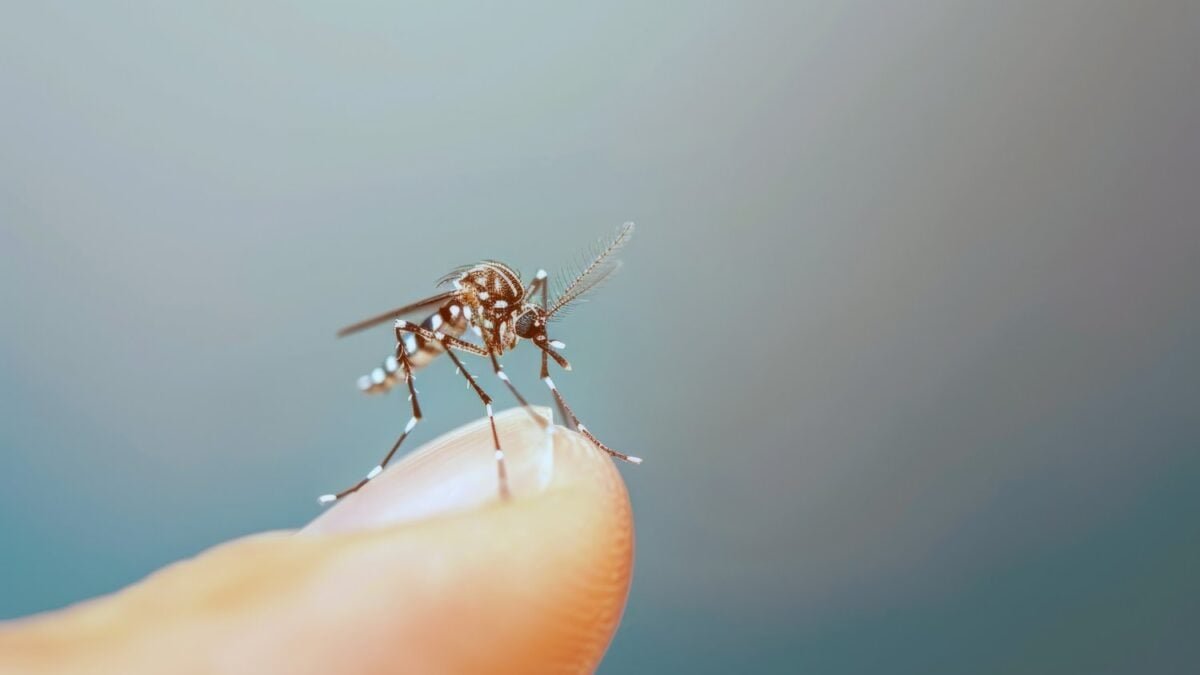Ancient DNA debunks the myth of the mosquito born in the tunnels of London.

A Urban Myth Debunked
For decades, the “tube mosquito” was a symbol of nature’s ability to adapt to the modern human environment. It was believed that Culex pipiens f. molestus, the variety that lives in the tunnels of the London subway, had recently evolved to survive in darkness and feed on human blood. The discovery of mosquitoes that didn’t come to the surface, reproduced without needing winter, and bit passengers reinforced the legend of a species “born” with the underground transportation.
The DNA Reveals an Ancestral Lineage
A new study published in Science completely changed this story. Researchers analyzed the genetic material of 357 mosquitoes collected in 77 regions of the Western Palearctic —from northern Europe to the Middle East— and specimens preserved in museums. Advanced techniques revealed that the two variants of Culex pipiens —the common and the “molestus”— separated between 1,300 and 12,500 years ago, long before the existence of the London metro.
An Ancient Relationship with Humans
Far from being a product of modernity, the subway mosquito has a long history of coexistence with humans. Ancient chronicles from Egypt and Italy already mentioned insects with similar habits, although there was no genetic evidence linking them to the current molestus until now. The implications go beyond history: by inhabiting urban and underground spaces, this species can act as a vector for West Nile virus and other diseases. Scientists warn about hybridization between surface and underground variants in cities.






